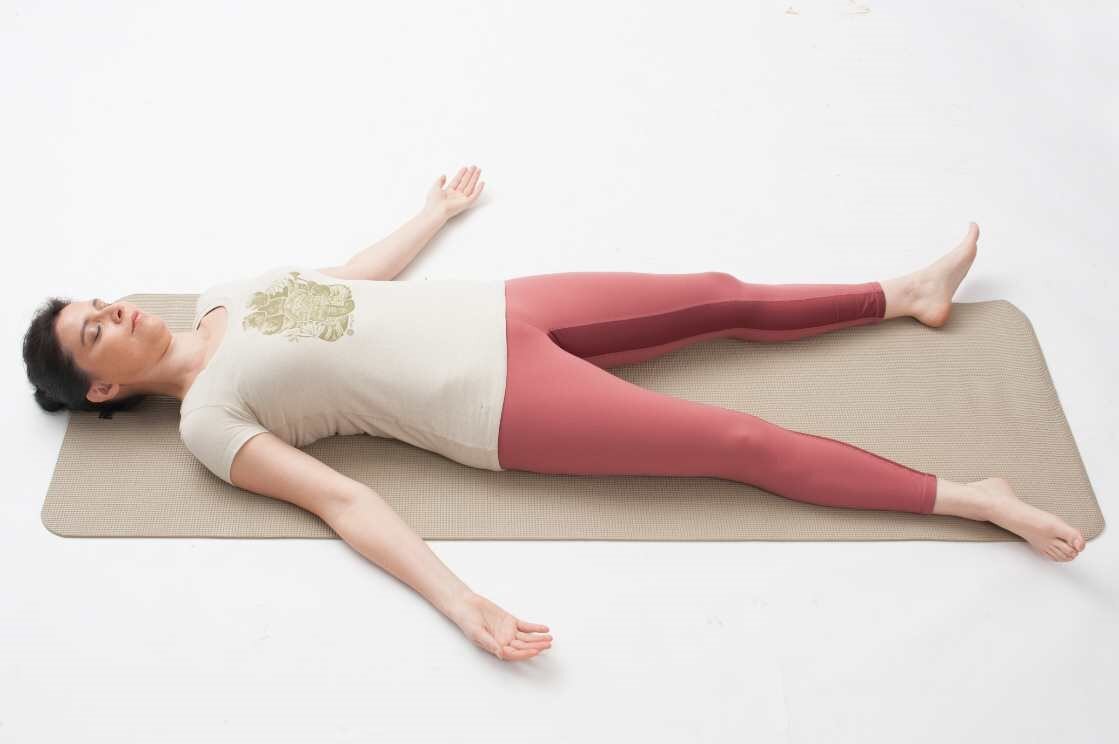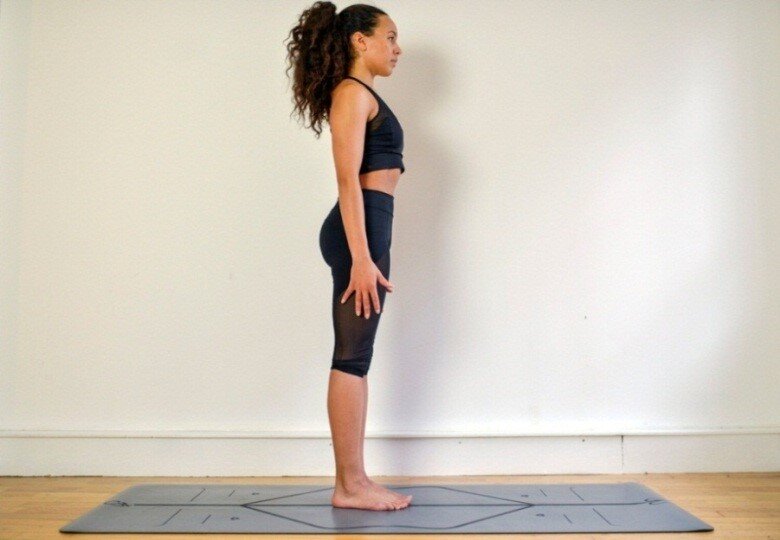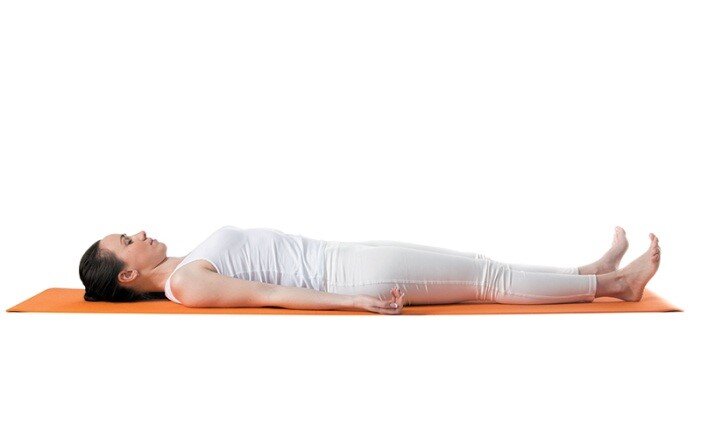The word ‘yoga’ comes from a Sanskrit word ‘yug’ which clearly means to union. And the Oxford Dictionary describes yoga “as a Hindu spiritual and ascetic discipline, a part of which, including breath control, simple meditation, and the adoption of specific bodily postures, is widely practiced for health and relaxation”.
Every year millions of people all around the globe have been embracing yoga as a daily routine for a stress free and a healthier life. But many a times some of us might be reluctant and unsure of where to start with.
Here we will talk about some of the easy tips to get started with this wonderful practice.
1) Join a beginners Class: First and the foremost important thing is to find a good yoga studio. While you can do yoga, easily, at the comfort of your home, there are yoga studios that conduct sessions which may involve equipment like straps, belts, and blocks. So, it is up for you to decide how you want to start with the yoga practice. With virtual yoga becoming a thing today, one can simply log in and follow various yoga experts who run videos series on YouTube and Instagram.
Generally your yoga classes will be scheduled for an hour or an hour and a half which will include a series of poses, breathing practice and mental focus. You will be trained to keep your mind, breath and body at peace. Yoga will improve flexibility, balance, strength and stamina, while also developing mindfulness and concentration.
2) Embrace Yoga: Acceptance is the next vital thing. Always remember yoga is for all ages and sizes; so once you are enrolled as a yogi try and embrace yoga as a part of your daily routine. Eventually as the day passes you will feel the difference, yoga had on your mind and body.
3) Learn Basic Poses: Once you join in as a new yogi your instructor will first train you with the foundational poses of yoga. As a beginner you should be familiar and comfortable with poses like: child pose, mountain pose, downward dog pose, baby cobra pose, corpse pose, plank pose etc. It is always advisable not to hurry in learning the complex poses. Take one pose at a time and flow slowly.
4) The art of breathing: Yoga is solely linked with your breath. If you learn the skill of focusing on your breath while practicing any basic or complicated posture you simultaneously establish a connection with your body and mind. The breathing exercise (Pranayama) helps in reducing anxiety and develops concentration.
5) Learn the basic terms: Maintain a diary and take down notes of the various asanas and postures for better remembrance. Sanskrit might not be easy for you hence in order to keep up and not get lost its advisable you write down everything important.
Some of the basic terms used in yoga are as follows:
· Asanas: The physical poses or postures
· Pranayama: This is the breathing technique
· Om: An elemental chant that helps to center and focus your mind.
· Namaste: An honorable salutation, typically said at the end of class.
6) Yoga Accessories: Frankly, you don’t need anything special to get started with yoga. All of the yoga studios provide mats and other basic equipment. But if you are practicing in the confinement of your house grabbing a good quality yoga mat should be first in your list. Always remember to buy a non slippery mat with a solid grip for hassle free practice.
To stay focused and comfortable during your yoga practice you need a good pair of yoga pants. Remember to always go for comfortable and skin tight pants. This gives you a fine stretch. Your leggings or pants should go with a nice tank top or a sports bra (for women). A simple tee shirt is the best to have for both men and women.
So, what are you waiting for?
If you are looking for a positive change it’s the right time to hit the mat.
Nida Zakaria





















